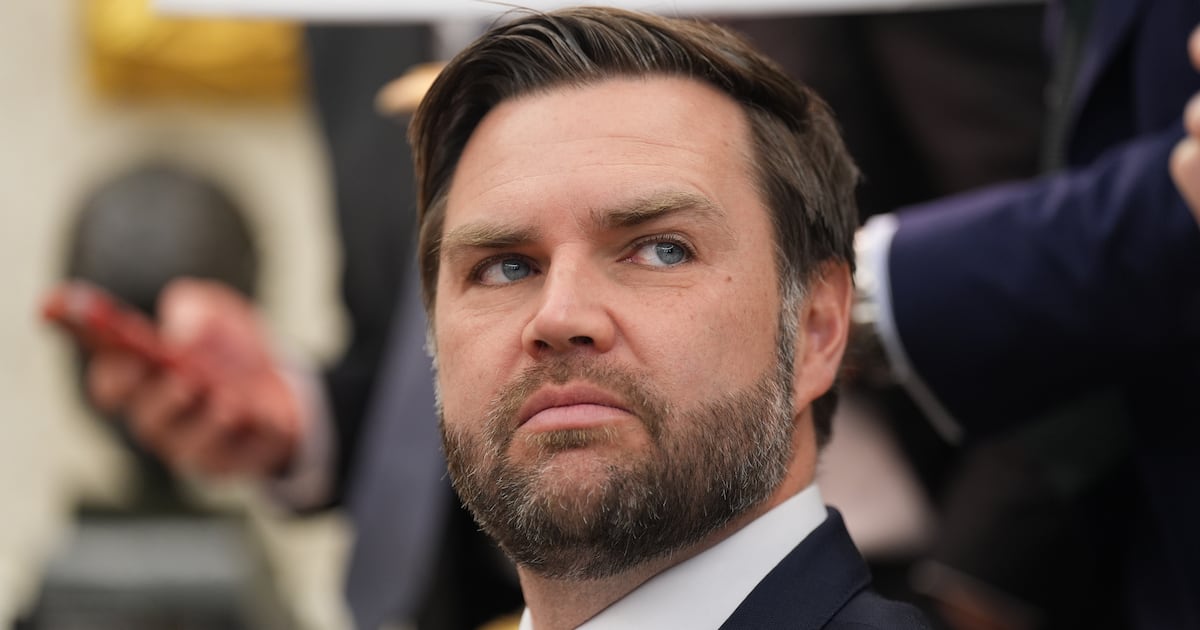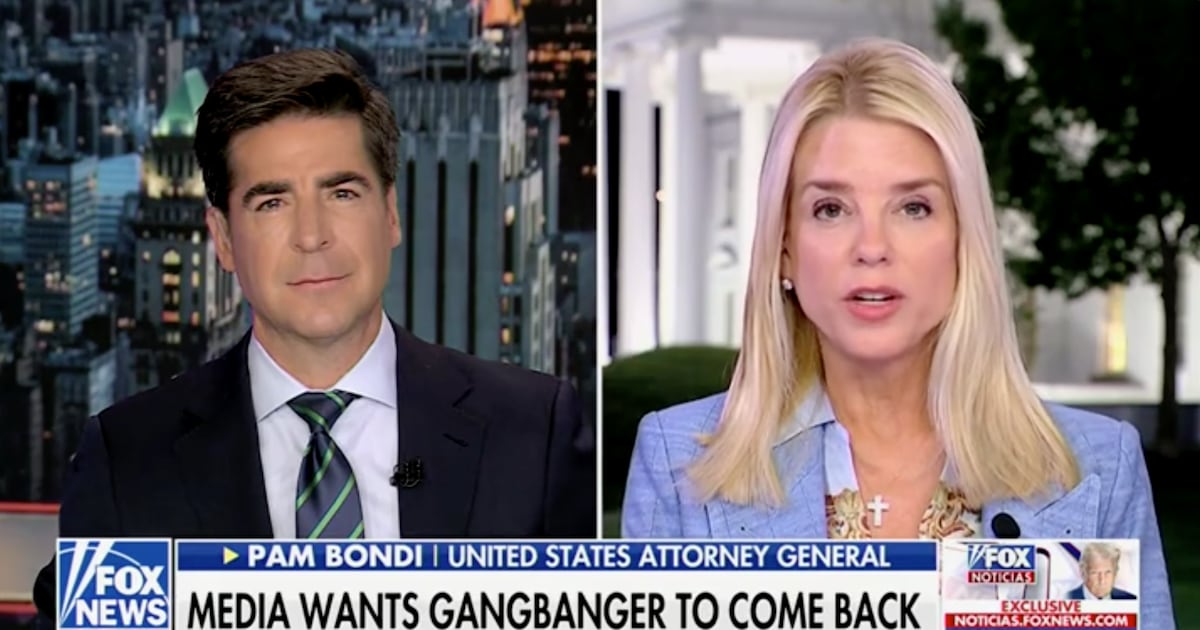If you’re LGBT, you might be especially focused on your finances lately.
Ever since the Senate succeeded in passing their tax bill, media outlets and advocacy groups have highlighted the potential impact of the reforms on LGBT people, focusing—as Newsweek did—on consequences like the legislation’s impact on the Affordable Care Act, which helps people living with HIV/AIDS, or on potential cuts to social security.
But it’s also worth emphasizing that the tax bill drama takes place against a pre-existing backdrop of economic inequality that researchers are still struggling to pin down. If the tax bill will hurt LGBT Americans, as advocacy groups suggest, it’s worth asking: How are their wallets already faring?
Two new studies highlighted in recent days paint slightly different—but not completely incompatible—pictures of current LGBT financial well-being.
Over at Harvard Business Review, Vanderbilt economics professor Kitt Carpenter, highlighted a study he co-authored, which examined National Health Interview Survey data and found, “for the first time in the literature,” that gay men were earning “significantly more than comparable heterosexual men” by about 10 percent.
Forbes recently featured a 2016/2017 survey on LGBT earning by the financial services company Prudential, which found—as the Forbes contributors summarized—that “heterosexual males indicate the highest incomes, followed by gay men, heterosexual women and then lesbian women.”
But while Carpenter’s study could be an initial indication that one segment of the LGBT community—gay men—may be closing an income gap, experts behind both studies warn that it’s too early to draw any firm conclusions.
“I’m very confident in our study—that this particular study is correct—because we crunched the numbers 800 ways to Sunday,” Carpenter told The Daily Beast. “But am I confident saying that, without question, this means that gay men are now earning more than straight men? I am not comfortable saying that.”
And Supriya Sanyal, director of audience insights for Prudential, told The Daily Beast that “as there is a greater pattern of studies over time that have shown that the pay penalty exists for LGBT individuals, we would need to see a few more studies to show the change to the opposite direction before we can really start celebrating its disappearance.”
Indeed, most research so far has painted a less than rosy picture for LGBT pocketbooks.
Starting from the back of the LGBT acronym and moving forward: Almost one-third of transgender respondents to the 2015 U.S. Trans Survey are reportedly living in poverty with a 15 percent unemployment rate (PDF). Research on bisexual income is harder to come by, given the social factors that make bisexual people less likely to come out, but there is “in most cases,” as Carpenter told The Daily Beast, “pretty strong evidence of a penalty.”
Income inequality for gay men has been fairly well-established, with a 2015 meta-analysis finding they earned an average of 11 percent less than straight men, as Quartz recently reported. Although there is some evidence to suggest that lesbians earn more than heterosexual women, a 2015 analysis from the Williams Institute (PDF) cautions that “most lesbians still earn less than either gay or heterosexual men” and, as a result, two-women couples tend to have “less household income than a heterosexual couple.”
If that picture doesn’t line up with the glossy images of queer life you might conjure up in your head, that’s because a certain cultural stereotype—often referred to as “the myth of gay affluence”—has been hard to shake off.
In 2014, The Atlantic laid some of the blame for that myth at the feet of popular culture, citing shows like Will & Grace and Modern Family which focus on well-to-do gay men who seemingly have oodles of disposal income. The L Word perpetuated that same illusion of abundant wealth and success for lesbians. As Forbes contributors John Schneider and David Austen noted in response to the Prudential data, the myth of gay affluence also holds a certain sway with armchair economists.
“The popular belief is that gay people live fabulous lives, in part because many of us live in dual income, no kid households,” they wrote. “This, however, only represents a small percentage of the queer community.”
Just as childless, high-earning gay male couples only represent a fraction of the LGBT community, income alone is just one piece of overall economic well-being.
According to the Prudential data, more LGBT respondents said they were “struggling to make ends meet” today than in 2012, and 48 percent described themselves as “spenders” compared to 32 percent of non-LGBT people, which hindered saving for retirement. The 2015 nationwide legalization of same-sex marriage was a “huge step forward to level the playing field for the LGBT community,” as Sanyal told The Daily Beast, but overall, LGBT people still seem to be playing financial catch-up.
Even if gay men are closing their particular income gap—one of the easiest to examine, Carpenter says, given that gay and straight men are roughly equally likely to work full time—there are other factors to consider in their case.
“I certainly wouldn’t want to paint this rosy picture that our study suggests that gay men are really just killing it in all aspects of their financial life,” Carpenter told The Daily Beast.
The distribution of gay male income, Carpenter cautioned, must also be taken into account.
As a 2013 Williams Institute report noted (PDF), gay male couples may have lower poverty rates than straight couples overall but “after controlling for other characteristics that influence poverty,” they were “more likely to be poor.” If gay men are “overrepresented at the very lowest parts of the income distribution,” Carpenter noted, that adds a wrinkle to the finding that gay earning power is on the rise.
Overall, Sanyal told The Daily Beast, LGBT financial vulnerability remains a concern because “there are many other factors that impact financial health including job security and housing stability, which are not currently equally protected rights across the U.S.”
Indeed, according to the Movement Advancement Project, 28 states have no state-level legislation prohibiting employment discrimination based on sexual orientation and gender identity—and we know empirically that employment discrimination takes a toll on the community.
Ultimately, what Carpenter’s study and the Prudential survey both definitely reveal is just how hard it is to gather data in this area.
Because too few federal surveys ask about sexual orientation—and even fewer ask about gender identity—it’s challenging to even acquire a data set large enough to draw meaningful conclusions, particularly regarding groups like bisexual and transgender people.
For the Prudential survey, as Sanyal told The Daily Beast, the company worked with research partner Chadwick Martin Bailey to survey a nationally representative sample of approximately 30,000 people, just “to find our survey sample of 1376 LGBT respondents.”
They then had to cross-check that sample against Pew Research Center data and Williams Institute data “to ensure that [they] were in line” with their estimates on LGBT representation.
Even then, their data could have been influenced by the fact that younger Americans are more likely to identify as LGBT—and have lower incomes as a function of age.
In the absence of privately commissioned data, researchers have to get creative with what’s available: Carpenter’s study relied on the National Health Interview Survey from 2013 to 2015—a census survey that focuses primarily on “health topics” and “are collected through personal household interviews,” as the Centers for Disease Control and Prevention notes.
That’s partially why Carpenter recommends waiting to “see a study or two in addition to [his]” before declaring that “the tide has really turned” for gay male earners. If more surveys gather information about LGBT people, findings in this area could be more easily replicated.
“Every single data set that asks about economic experiences, economic outcomes, and financial well-being should ask questions about sexual orientation and gender identity,” he said.
Until that happens, answers to questions about LGBT financial health will continue to be fuzzy.





